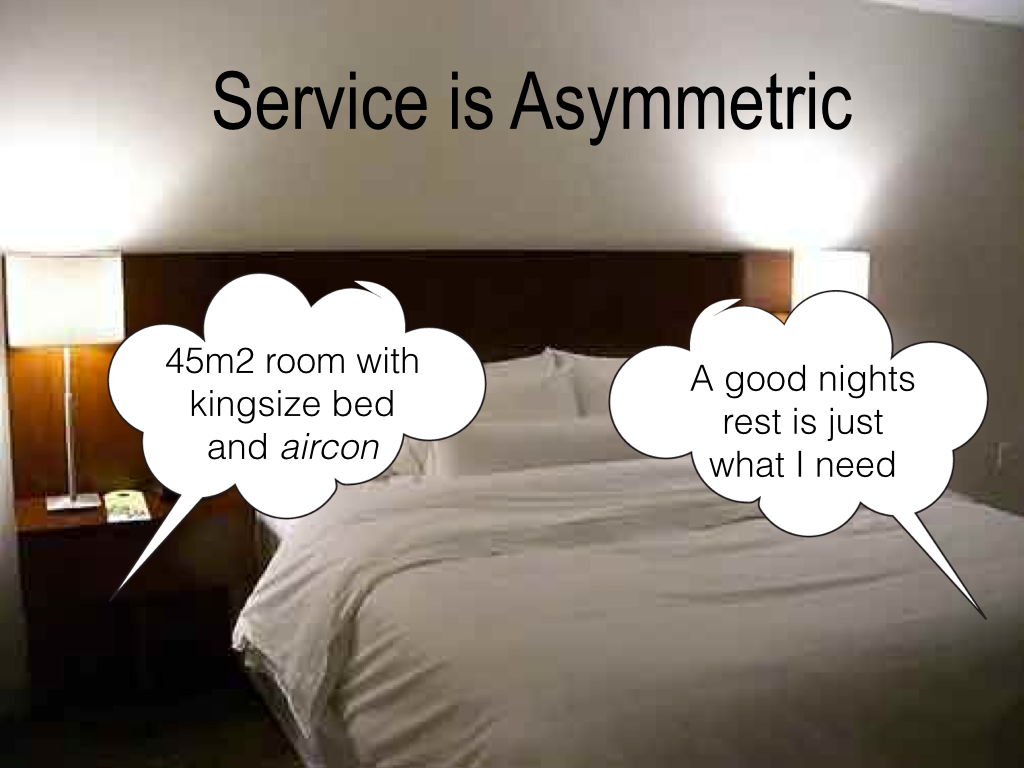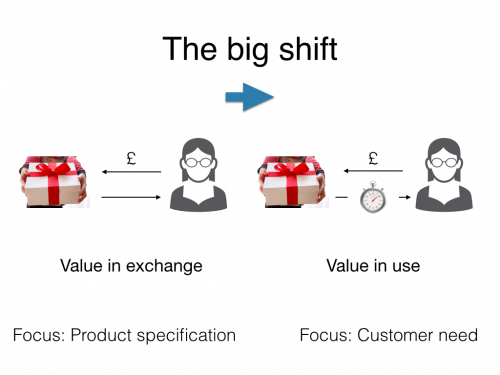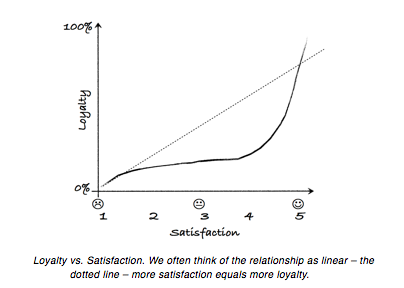
Despite the fact that we read stories that companies such as Zappos and others are abolishing the role of middle management, the reality out there is that the vast majority of companies rely heavily on middle managers to keep the wheels moving.
So, unless you have embarked on the experiment of abolishing middle managers, there is a high likelihood that you recognize that your frontline managers are crucial to your business.
Take one metric. Staff turnover.
A controllable cost that also has a high impact on your customer loyalty and satisfaction. It is widely recognized that employee turnover is linked to the management style of the immediate supervisor.
Or, change management.
Whatever customer satisfaction strategy and tactics you are developing – the effort is wasted if your frontline is not implementing according to that plan.
The Frontline Manager is the Linchpin
But, how much attention are you giving the growth and development of those frontline managers?
If you are like most of the companies recently surveyed by HBR, not much.
What that same survey shows is that, paradoxically, the same companies that say the frontline manager is a linchpin in the organization also say that the same frontline managers need to develop a number of crucial skills, including organizational savvy, leadership, and talent development.
But they recognize that not much is being done in the company to actually develop those people – go figure.
The reality out there – still according to the HBR survey – is that most development for this level of management tends to be ad hoc, sporadic, or just too brief to actually make a difference.
In general, it seems that leadership development follows the trickle-down model. Most gets invested at the top; and if there are resources left, they are spent on the frontline managers – sometimes.
So, once again, we have a classic knowing – doing gap. The problem is recognized – but somehow nothing gets done.
I wonder why.
Let’s just recap why frontline leadership is crucial to your service organization. We live in a world of Hypercompetition. Customers are flooded with offers and messages. In every imaginable category, supply outstrips demand.
So, if you are not just going to live a mediocre existence trying to survive, you need to stand out and be, if not the absolute best, then at least among the best.
Your aim is customer loyalty. If you can get that right, you will drive profits and growth as a result. This is the basic learning from the research done that led to The Service Profit Chain.
The best starting point for developing your frontline managers is to introduce them to the Service Profit Chain framework.
If you would like a refresher course on the mechanics of the Service Profit Chain and how employee engagement ultimately leads to profit and growth, check out my free video course here:




